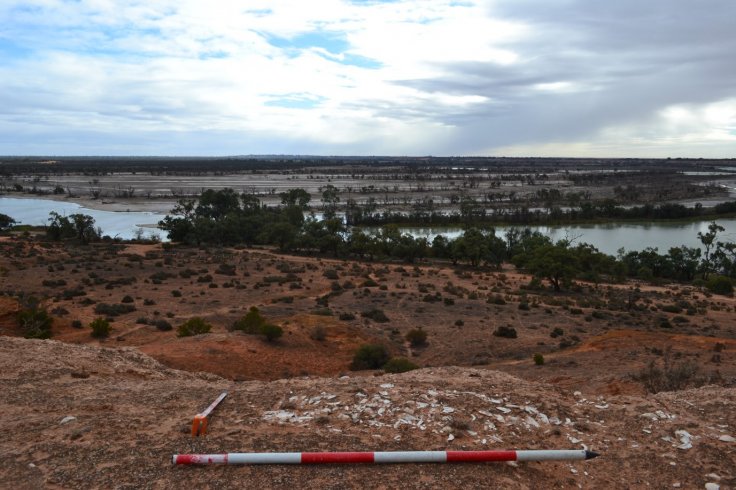An indigenous site explored along the South Australian river has vastly changed the known timeline of the Aboriginal occupation, according to a new study, conducted under the guidance of Adelaide-based Flinders University in collaboration with the River Murray and Mallee Aboriginal Corporation (RMMAC).
In the first comprehensive study of South Australia's Riverland region, researchers noted that the area was inhabited around 29,000 years ago. As per the findings, which were published in Australian Archaeology, researchers used radiocarbon dating methods to analyze river mussel shells from a midden site, overlooking the Pike River floodplain downstream of Renmark.

The shells, the remnants of meals eaten long ago, have revealed a record of Aboriginal occupation that extends to around 29,000 years. It is now confirmed that the location is one of the oldest sites along the 2,500 km river, becoming the oldest River Murray Indigenous site in South Australia.
Aboriginal History New Timeline
"These results include the first pre-Last Glacial Maximum ages returned on the River Murray in South Australia and extend the known Aboriginal occupation of the Riverland by approximately 22,000 years," said Craig Westell, Flinders University archaeologist and Ph.D. candidate.
Over 30 additional radiocarbon dates were collected by the team of researchers in the region, spanning from 15,000 years ago to the recent present. The period represented by the radiocarbon results brackets the Last Glacial Maximum (LGM), also known as the last Ice Age, when climatic conditions were colder and drier and when the arid zone extended over much of the Murray-Darling Basin. The river and lake systems of the basin were under stress during this time.
In the Riverland, dunes were advancing into the Murray floodplains, river flows were unpredictable, and salt was accumulating in the valley. The region was undergoing the ecological impacts of one of the worst droughts on record, the Millennium Drought, which happened between late 1996 and mid-2010, that has given an idea of the challenges Aboriginal people may have faced along the river during the Last Glacial Maximum, and other periods of climate stress.

The co-author, Associate Professor Amy Roberts, said that this new research has filled the significant geographic gap in "our understanding of the Aboriginal occupation chronologies for the Murray-Darling Basin."
The dating, which was undertaken at the Australian Nuclear Science and Technology Organisation (ANSTO) and Waikato University, forms part of a much larger and ongoing research program led by Roberts which is probing past and present Aboriginal connections to the Riverland region.
The Last Glacial Maximum is the most significant climatic event for modern humans since their arrival in Australia 50,000 years ago. Recent studies have shown that the LGM in Australia was a period of significant cooling and increased aridity peaking around 20,000 years ago.









